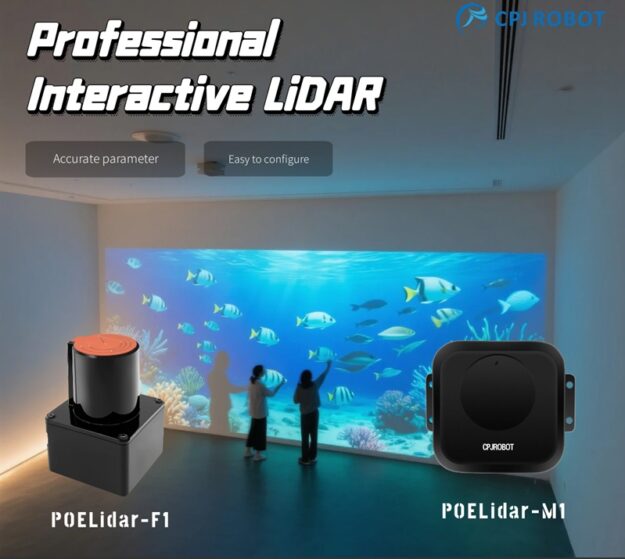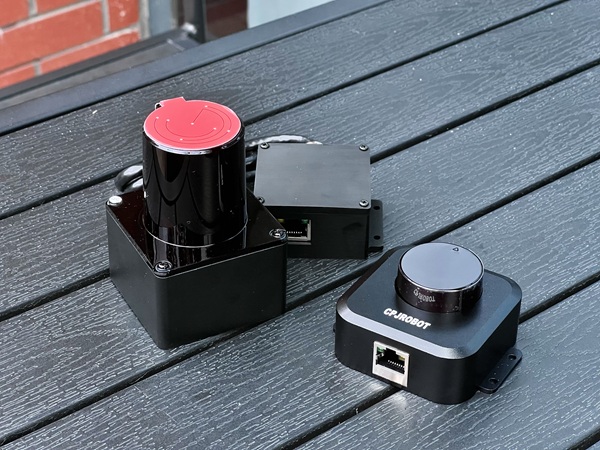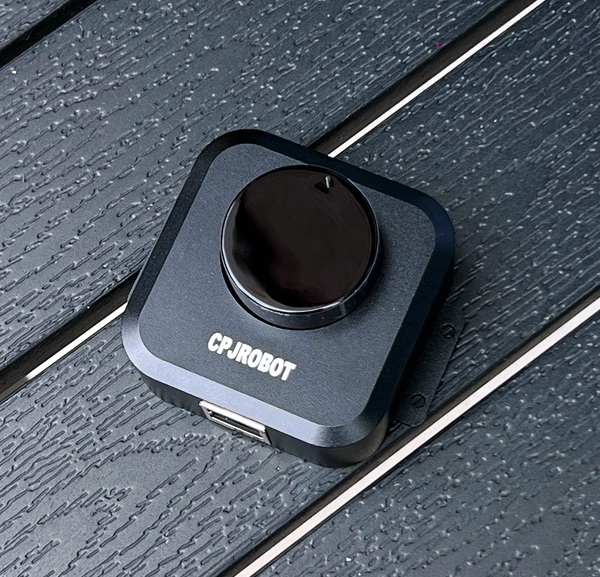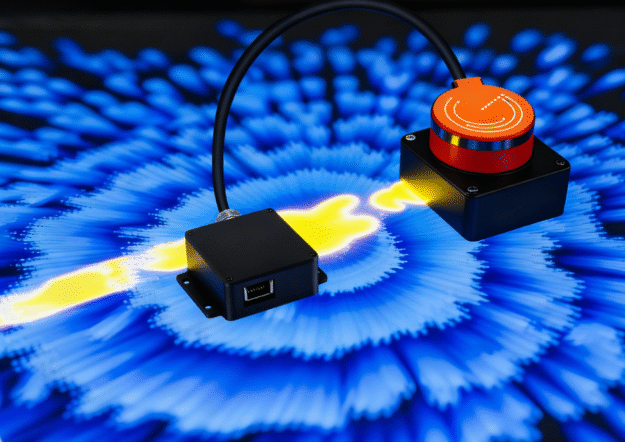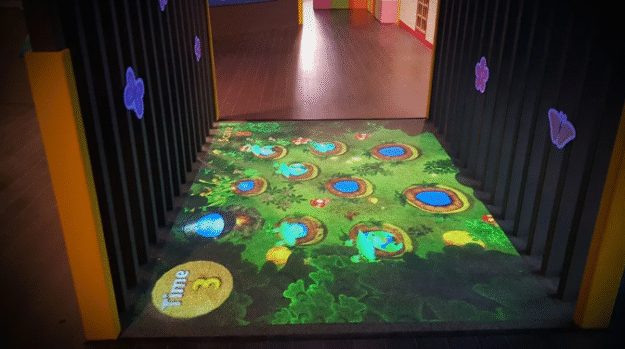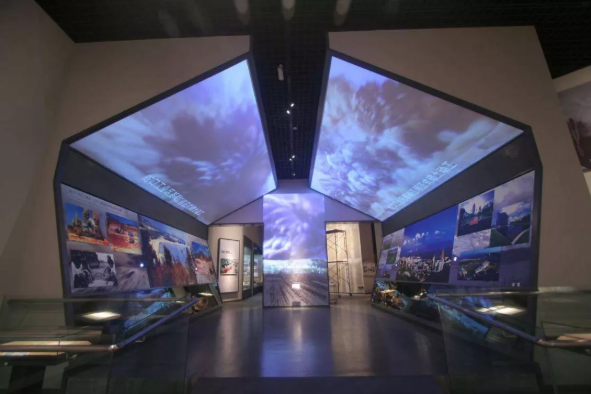PoE LiDAR Interactive Wall: Turn Any Surface into a Giant Touch Screen
Introduction: Breaking Physical Boundaries to Turn “Walls” into Interactive Gateways In the era of immersive experiences, static displays are no longer enough. Whether in retail, museums, or corporate showrooms, audiences crave interaction. However, scaling traditional touch technology to the size of a wall is fraught with challenges. The solution lies not in bigger screens, but…

